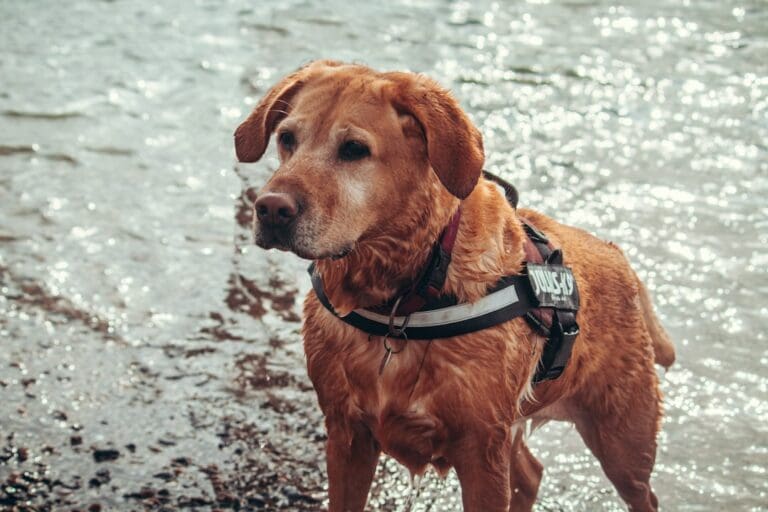10 Essential Checklist for Pet Parent Guide
10 Essential Checklist for Pet Parent Guide
As a pet parent, ensure you have all the knowledge you need to give your pet the best care possible from feeding and grooming to safety and medical attention.

10 Essential Checklist for Pet Parent Guide
To make the transition easier, we produced a detailed new pet parent guide to assist you in completing the important first few weeks with your new pet successfully.
For this reason, we have created this thorough pet parent essential checklist, which will provide you all the tools you need.
1. Bowls
An easy-to-clean, hygienic, dishwasher-safe stainless-steel bowl with a non-slip base is your best bet. Based on your dog’s stature, you might want to think about elevated bowls.
2. Training and Socialization
To instill excellent behavior habits and teach fundamental commands, begin training as early as possible. Reward desired behavior with praise and treats, or use other positive reinforcement strategies.
To avoid behavioral issues and to boost confidence, socialize your pet with both people and other animals.
3. Food
Puppies should always have access to clean, freshwater and be fed puppy chow that is complete and well-balanced. For adult dogs, complete and balanced dry food can be combined with water, broth, or canned food to provide a well-balanced meal.
Ask your veterinarian if what, how much, and how often you’re feeding is suitable because it’s easy to become fooled by deceptive marketing material.
4. Pet Hygiene
Bedding, litter boxes, and food and drink bowls should all be cleaned and sanitized on a regular basis. Wash your hands properly after touching your pet or clearing waste.
5. Treats
Treats can be an effective training tool if used properly. Furthermore, don’t go overboard and try to keep to the treats your new dog gets used to.
Treat calories can quickly mount up and don’t provide the same nutritional benefits as a more well-balanced diet for your developing pet.
6. Chew Toys
Invest in a few age- and safety-appropriate, well-made toys to help strengthen your relationship with your pet. Chew toys are quite popular with dogs, especially puppies.
7. Microchipping
If your pet becomes lost or stolen, think about microchipping them as a permanent form of identification.
8. Grooming Supplies
Having supplies like wipes, shampoo, and conditioner on hand is a smart idea even if you don’t intend to bathe your dog or cat right away. Furthermore, brushing your new pet’s teeth is something you should do at any age.
To establish good dental habits, get some toothbrushes and toothpaste that are suitable for pets.
9. Regular Meals
Puppies need to be fed three times a day on average, whereas older dogs only need to eat once or twice a day. To help your dog’s digestion become more regular, set up a feeding plan.
Dogs are also creatures of habit, so knowing what to expect and when to expect it helps them thrive.
10. Extra Cleaning Materials
There will probably be some mess during the transition period. For cleaning dirty paws and mop up spills, keep extra rags and towels on hand.
For toilet mishaps, buy paper towels, additional absorbent pads, enzyme cleansers, and stain and odor removers.
Final Thoughts
Remember that being a pet parent is about developing a lifelong relationship based on mutual respect, trust, and understanding, not just providing for their fundamental needs.
Cherish the happy, humorous, and loving moments that your pet brings into your life as you negotiate the highs and lows of pet parenthood. Prioritize your furry friend’s happiness and well-being above all else, and accept setbacks as chances for personal development.
Regardless of your level of experience with pets, the information provided designed to enable you to provide the best care possible for your cherished animal companion.







